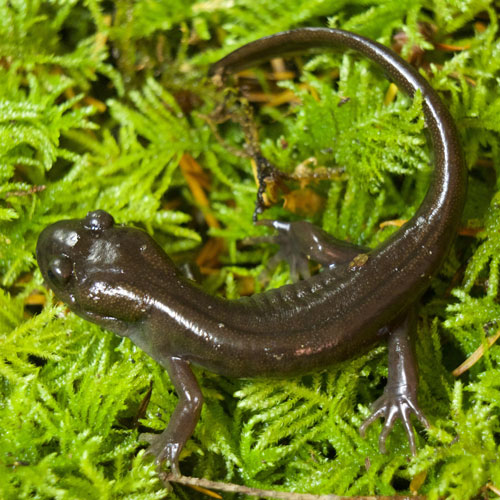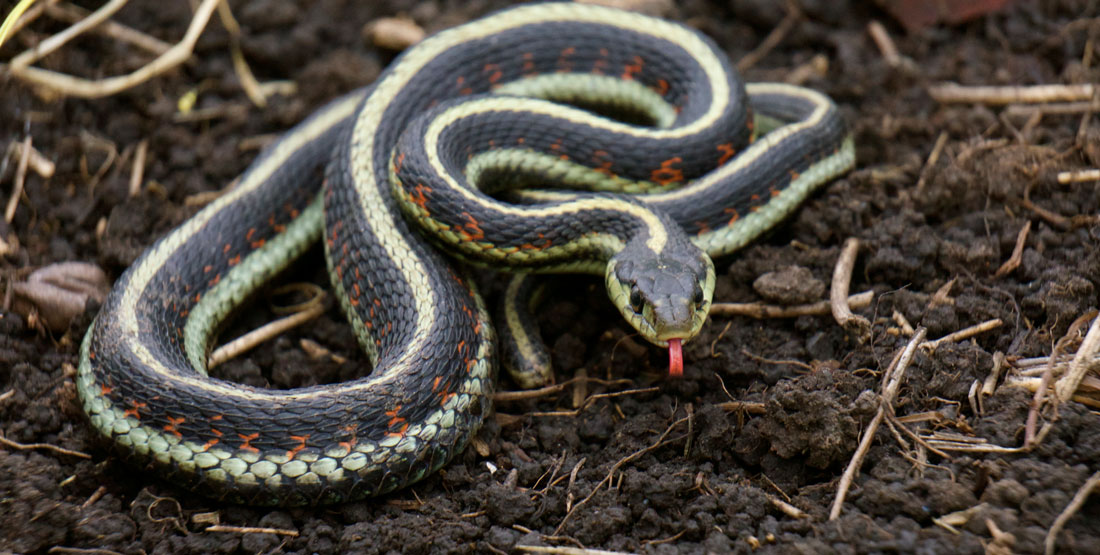Fast Facts
Where they live
- View a map of where they live
- Common Gartersnakes have the greatest distribution of any gartersnake, with a range extending as far north as northern Alberta, Canada and throughout the United States, excluding the deserts of the southwest.
- In the Pacific Northwest, they can be found near water—marshes, ponds, streams, and other moderately moist habitats with tall grasses.
Breeding
- Average litter size varies considerably across the Common Gartersnake’s range, with most gravid females birthing between 10 and 15 snakes. However, in some populations the average litter size can be as high as 32 and exceptionally large females have been recorded giving birth to up to 85 offspring.
Cool biology facts
- The Common Gartersnake is the only animal known to be capable of harboring resistance to tetrodotoxin (TTX), a potent neurotoxin produced by the rough skinned newt and Japanese pufferfish. Frequency of TTX resistance in Common Gartersnake populations is often proportional to the toxicity levels of rough skinned newt populations in the same area.

Amphibians & Reptiles of Washington
Do you know where rattlesnakes live in our state? Or which salamander breathes through its skin? Explore the fascinating diversity of the 26 species of amphibians and 28 reptiles found in Washington state.

